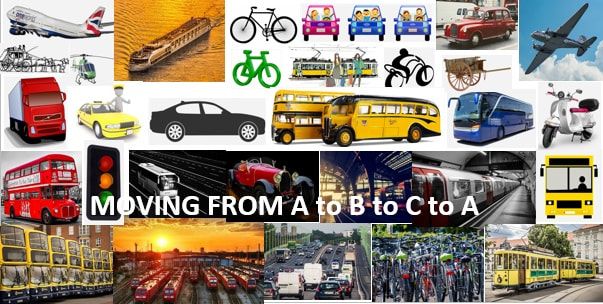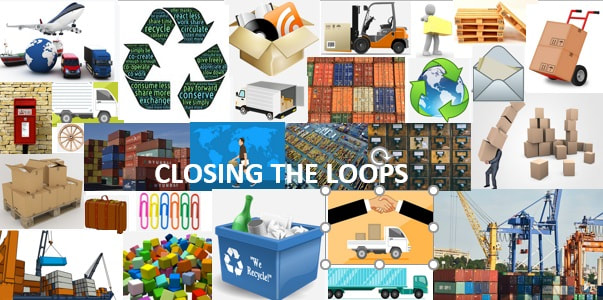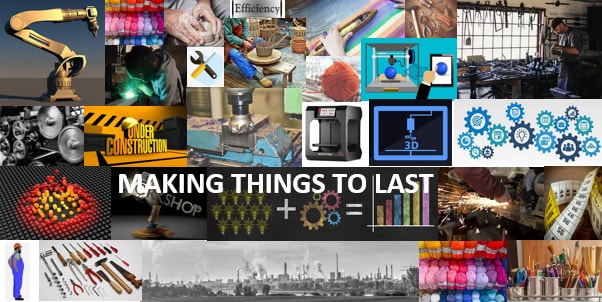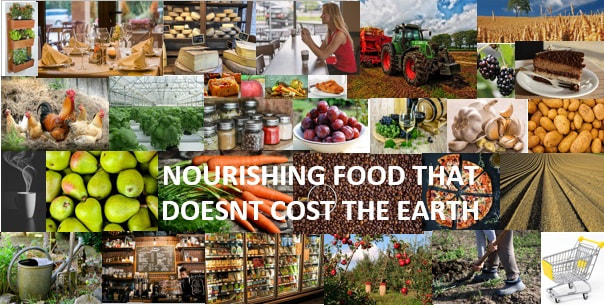Members by Sector
ESTA works to a 20 Sector Model, which is a modified version of the Standard Industrial Classification (SIC) System, to include things that the SIC doesnt yet consider directly such as biosphere restoration, personal development and growth, and the circular economy. The 20 Sector Model also makes the sectors more outcome focussed, moving away from the blind idea of supporting GDP growth (at any cost) and more towards working within the context of a collaborative framework that helps us all reach the goal of a more sustainable and balanced future.
This is more in keeping with our primary goal of building thriving local communites that help everyone reach theri full capacity as human beings whilst helping us live within the carrying capacity of the Planet.
We do not give a blanket recommendation for all our members, but advise prospective customers and clients to rely upon their judgement
and exercise due diligence in forming their own trusted relationships with our members.
Where our members have undertaken our Social Responsibility Training you will see the ESTA Logo next to their name.
This is more in keeping with our primary goal of building thriving local communites that help everyone reach theri full capacity as human beings whilst helping us live within the carrying capacity of the Planet.
We do not give a blanket recommendation for all our members, but advise prospective customers and clients to rely upon their judgement
and exercise due diligence in forming their own trusted relationships with our members.
Where our members have undertaken our Social Responsibility Training you will see the ESTA Logo next to their name.
Index of the 20 Sectors
|
1: Personal Inner Development
Everything to do with inner growth, inner development, personal psychological coherence, enhanced self- reflection and the development of empathy skills. |
|
2: Arts and Creativity
Art that inspires, challenges and makes us see the world with new perspective. |
|
3: Education, Skills & Training
All education and skills training delivered with the purpose of helping us understand the world more clearly and to develop the competences we need for vocation, work and play. 3 |
|
4: Communication (Content)
All communication content in every media. Words, pictures, programs, films, website content, copy, articles, blogs, books, magazines, comics, the spoken word, etc, etc. What are the messages in the media? |
|
5: Community Building & Social Support
Community fabric grows through human relationships and the rules we put in place to regulate it. It can be cultivated and enhanced, through a collaborative ethos or corroded and destroyed, as people work against each others interests and needs. It is never static and is always a work in progress. These members have a particular mission to build healthy community relationships and social structures. |
|
6: Administrative & Operational Support
All administrative and professional services have a common purpose, namely to ensure that the back-office operational aspects of any business, organisation, project, household or process runs as efficiently and effectively as possible and delivers the stated aims and objectives in a timely manner and with the minimal use of time and resources. |
|
7: Financial Services
What would a financial services sector look like that put people, place and planet above the desire to just make money? Members of the ESTA Financial Services Sector put their expertise and financial acumen at the service of their clients and the wider community. They work to try and counter the accelerating trend of community wealth extraction with community wealth retention. |
|
8: Communication Infrastructure
Mobile phones, film, audio, pictures: the apps and platforms that we use every day and which content creators use both to create and transmit media content. Many of us rely on these platforms and methods of content creation to run our businesses and our lives. But lets not forget non-digital forms of communication like books, letters pen and paper and, critically face to face communication (5). these still have a critical and vital role to play. |
|
9: Digital Infrastructure
By digital infrastructure we mean the coding and apps themselves and the underlying structural hardware. The code, the apps and the process of designing and applying that code to perform tasks and functions. This is currently the basis of a major industrial revolution that is transforming all our lives. The big question is, "who gets to control that technology?". Without the coding the devices (8) and digital content (4). would not exist. |
|
10: Health and Wellbeing
Personal health comes before all else. Without it everything else is secondary, at best. Establishing and maintaining health and knowing what to do and who to see when health problems arise is a critical and essential part of our everyday lives and functioning. |
|
11: Transport
Everything to do with our transport systems, including both the vehicles and the infrastructure, including bikes, busses, cares, trains and planes, along with the roads, routes and infrastructure they need to operate. the emphasis with transport is on the vehicle and route, rather than the contents (see 13). |
|
12: Energy
All Energy generation, transmission and use. As an association that is committed to co-creating a sustainable future, we are principally interested in renewable energy generation, smart-grids, decentralised supply, home and business self-generation and smart battery based storage along with reducing the amount of energy we need to generate. |
|
13: The Circular Economy
Our use of 'stuff' is slowly moving from an extract-use-dispose model to something more suited to the 21st Century, namely amore circular economy, in which the principles of refuse, re-use, restore, recycle, and up-cycle are built in to the way we use our materials, and the effect this has on the living world around us. In essence this revolves around the movement fo things from one place to another to be assembled, used and disassembled in various configurations. It therefore includes all industrial transport. |
|
14: Household Items & finished Products
Literally every 'thing'. All finished discrete manufactured items from thimbles to toasters, from clothing to toys, from filing cabinets to pencils. This is the province of the retail shop, mail order catalogue and online supplier. Simply all of our 'stuff'. (Excluding food). |
|
15: Manufacturing
All design, manufacturing and fabrication processes that take raw materials (see 18 below) and fabricate them into finished items. From the very small artisan processes to large-scale manufacturing. Everything that falls within the remit of construction and making (excluding buildings). |
|
16: Buildings
Everything to do with the design, construction, modification, maintenance and restoration of any kind or type of building and structure, including the process of sales, letting and tenant management. |
|
17: Community Infrastructure (Physical)
All of our streetscapes, urban and built environment, our roads, parks, walkways, squares, ginnels, street furniture, cycle tracks and country rights of way. Basically, everything that is between and around the individual buildings that constitutes our common functioning space. Areas that are usually but not exclusively the province of local and national government planning and control. |
|
18: Mining, Harvesting & Raw Materials
As things currently stand, we have nothing like a circular economy. For the most part we dig, chop and extract raw materials from the land and seas and throw it back where we found it after a brief period of use. Until we create a more sophisticated system, this is the one we all rely upon to obtain what we need. |
|
19: Food, Farming & Gardening
Everything to do with food, from its growing, preparation and eating, including the places we buy it from and the cafes, restaurants and bars that we eat out in. Also including the cultivation of our managed green spaces, especially our gardens and landscaped places. |
|
20: Biosphere Restoration & Regulation
Not yet widely regarded as a financially valuable activity but the restoration and future healthy regulation of our planet is essential if we are to have any future that is not completely impoverished. Is there any purpose to economic and business activity if it does not ensure that we have a future? |





















